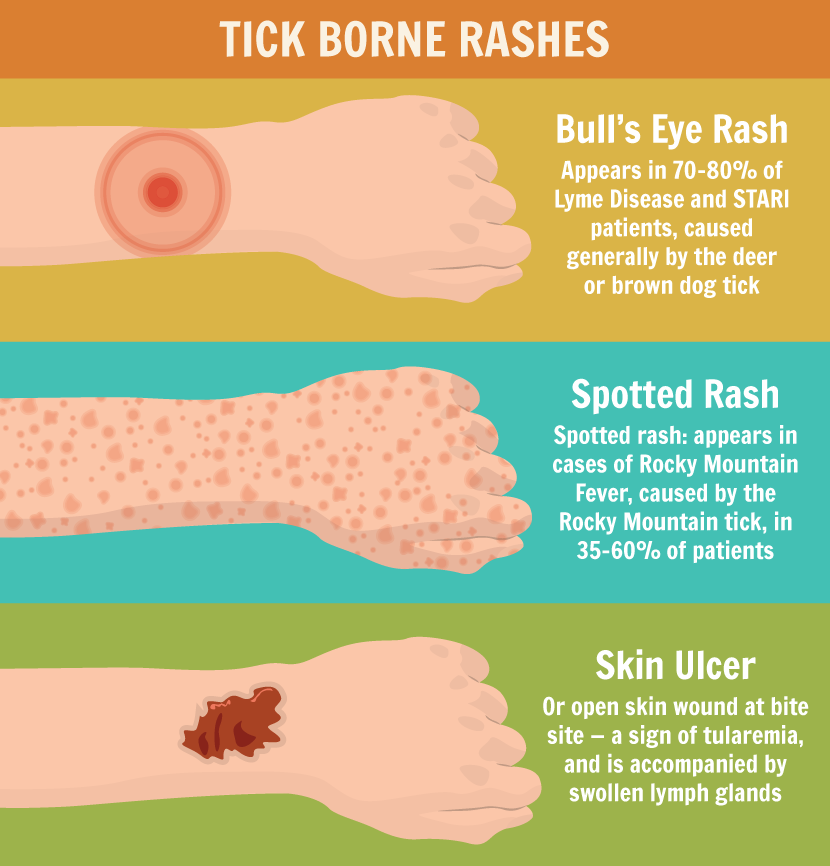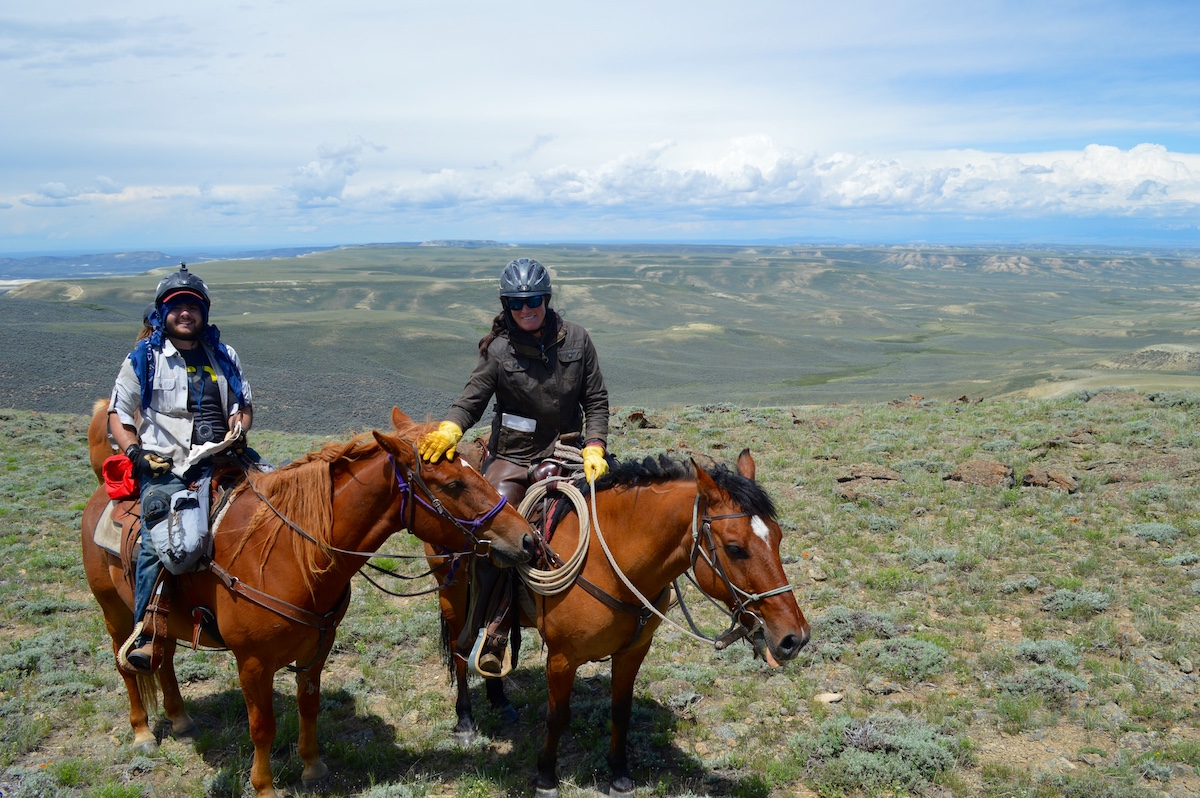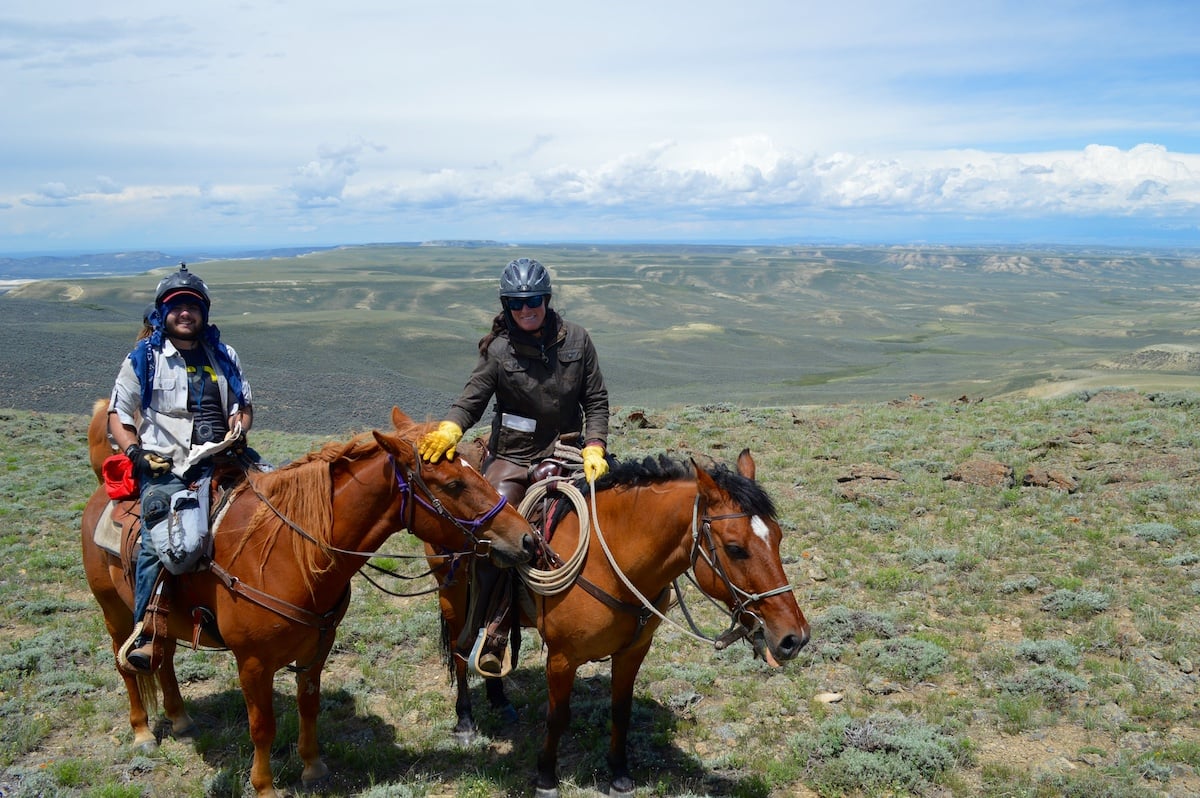
Ticks are vectors for a variety of diseases around the world, and summertime is one of the prime times to contract a tick-borne illness. We’re outside more when the weather is warm, and so are ticks.
What's a Tick?
- Ticks are relatives of spiders and scorpions. They live off the blood of hosts like deer, dogs, humans, and even birds, reptiles, and amphibians.
- Humans can contract several tick-borne illnesses, though the one we hear about most is Lyme disease. Others include Rocky Mountain Spotted Fever, Colorado Tick Fever, and tularemia.
As with many of the problems you might encounter in the outdoors, prevention is key. Be aware of when you're traveling in areas with a lot of tick habitat and take steps to prevent them from biting you. Forests and areas with tall grass and lots of leaf litter are some of ticks' favorite habitat, according to the Centers for Disease Control (CDC).
Preventing Tick Bites
Perform tick checks twice daily when you’re traveling in tick country
- Make sure you check behind your ears, at your waistline and socklines, and in the other dark and warm places ticks where like to hide. Ticks will often hang out on your body for a several hours before attaching, so regular checks work well in preventing bites.
- Wear light-colored clothing, long pants and long-sleeved shirts so you can see ticks easily.
- Consider using DEET or the insecticide permethrin to repel ticks from you and your clothing.
Remove all embedded ticks immediately.
- Grasp them close to the skin with a pair of needle-nose tweezers and pull the tick out with slow, steady pressure (no yanking!).
- Clean the bite site with an antiseptic soap.
- Avoid traditional methods like using a hot match head, nail polish, or alcohol, since they may cause the tick to regurgitate into the bite wound.
- Wash the bite site and monitor for signs and symptoms of infection.
Signs and Symptoms
Tick-borne diseases have a few common signs and symptoms. These diseases can be difficult to identify without a physician's help, but below are some symptoms to look out for that may indicate a tick-borne illness.
- Fever
- Muscle aches
- Rash
- Fatigue
- Joint pain (mainly for Lyme disease)
Be aware that these symptoms may not occur until several weeks after the bite, and that not all patients show the same symptoms (particularly with rashes).
Evacuation Guidelines
- Evacuate any patient with a history of an embedded tick (even if it was several weeks in the past) who develops a fever, rash, and flu-like symptoms.
Be careful out there, and make sure to wear long sleeves and insect repellent when you're in tick country!
Editor's note: Information adapted from the NOLS Wilderness Medicine book and Wilderness Medicine Handbook. Post updated 6/12/19.






